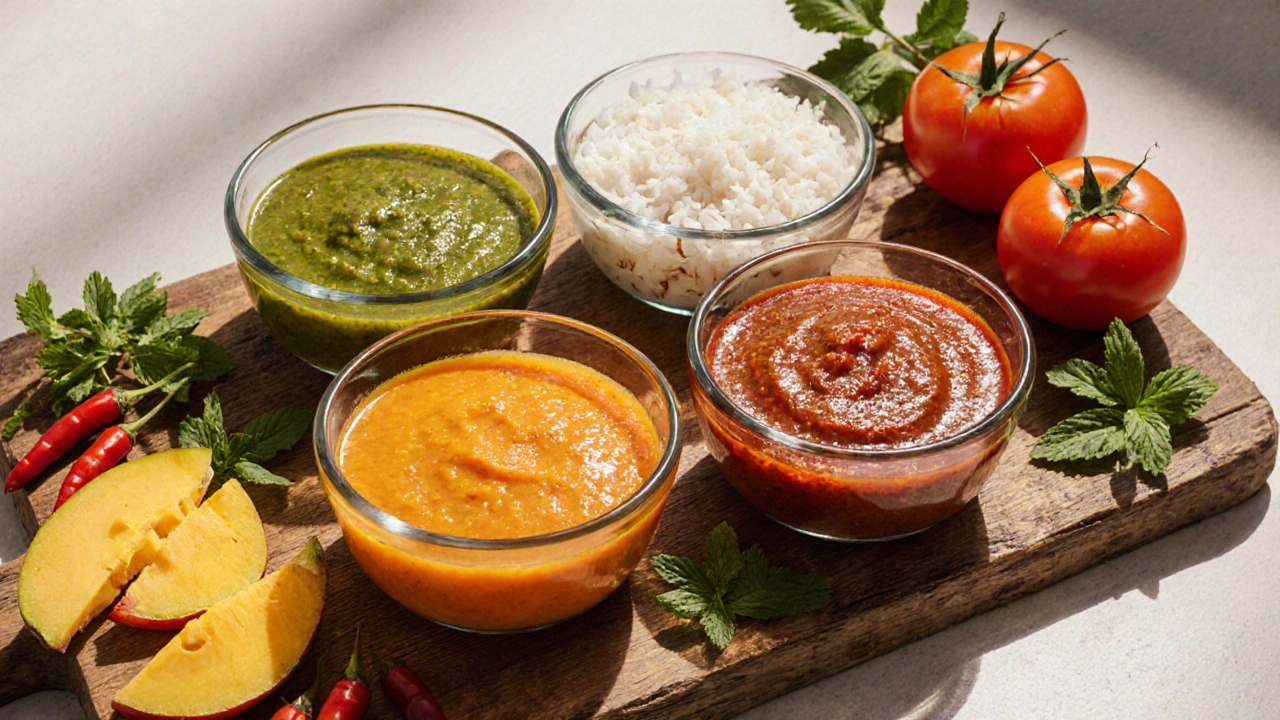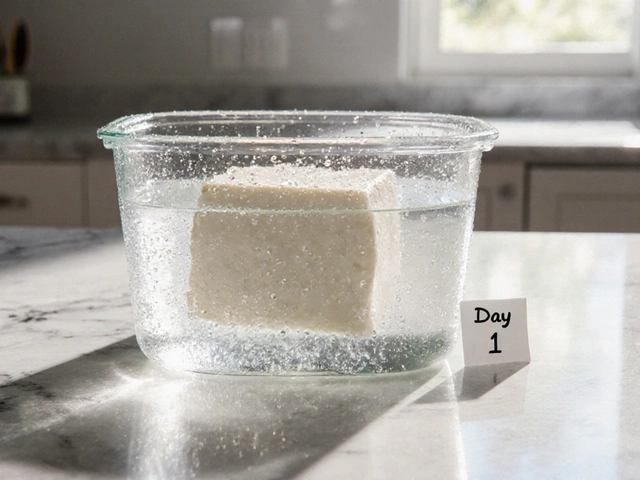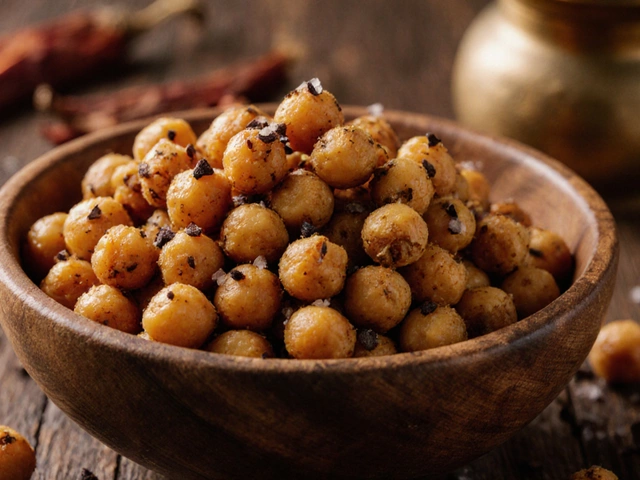Ever wondered what you should call that tangy, spicy side when you read an English recipe? The simple answer is that the English word for chutney is, well, “chutney”. But there’s more to it than a straight‑up translation - the term carries history, regional flair, and a few pronunciation tricks that can trip up even seasoned cooks.
What exactly is chutney?
Chutney is a condiment made by grinding or pureeing fruits, vegetables, herbs and spices into a thick, flavorful sauce. Traditionally it hails from Indian cuisine, but the word crossed continents with the British Empire and now appears on menus worldwide.
Where did the word come from?
The name traces back to the Sanskrit‘cāṭa‑iṇi’, meaning “to lick”. Portuguese traders recorded it as “chatey” in the 16thcentury, and the Anglicized “chutney” landed in Britain by the early 1800s. By the Victorian era, it was a staple on English dinner tables, often sweetened with sugar and paired with cheese or cold meats.
How do you say it?
Pronunciation varies: the British version leans toward “CHUT‑nee” (the ‘t’ is soft, almost silent), while many Americans say “CHUT‑nee” with a clearer ‘t’. If you’re reading a recipe, the safest bet is to follow the phonetic guide on the page - most modern cookbooks include a small “(pronounced‘chut‑nee’)”.
When to use the word in English recipes
In English‑language cookbooks, “chutney” is treated like any other condiment name. You’ll see it appear in ingredient lists, instructions, and even as a serving suggestion. Example:
- “Blend mango, ginger, and chili into a smooth mango chutney.”
- “Serve the grilled halloumi with a spoonful of coconut chutney.”
Notice the word stays unchanged regardless of the main ingredient - the modifier (mango, coconut, tomato) tells you the flavor profile, while “chutney” signals the texture and purpose.

Common types and their English descriptions
| Type | Main ingredients | Typical English description |
|---|---|---|
| Mango chutney | Ripe mango, sugar, vinegar, ginger, chili | Sweet‑spicy fruit sauce, great with roasted meats |
| Coconut chutney | Fresh coconut, green chilies, curry leaves, tempering | Creamy, mildly spicy dip for dosa or idli |
| Tomato chutney | Tomatoes, garlic, mustard seeds, red pepper | Tangy tomato relish, excellent with paratha |
| Mint‑coriander chutney | Fresh mint, cilantro, lime, green chilies | Herb‑forward fresh sauce, perfect for kebabs |
How English speakers talk about chutney
In everyday conversation, people often lump all varieties under the umbrella term “chutney”. If you ask a Brit, “Do you like chutney?” they’ll probably think of a sweet mango or a tangy tomato version. Americans might assume a salsa‑like, chopped‑up condiment. When you need clarity, add the key ingredient - “I’m making a mango chutney” removes ambiguity.
Common pitfalls for non‑native speakers
- Spelling confusion: It’s always spelled “chutney”, never “chutni” or “chutni”.
- Mixing with “sauce”: While a chutney is a type of sauce, calling a mango sauce “chutney” sounds odd unless it has the characteristic thickness and spice mix.
- Assuming it’s always sweet: Many chutneys are savory or even fiery - think of a spicy green chili chutney.

Tips for writing recipes in English
If you’re translating a traditional Indian recipe for an English‑speaking audience, keep these pointers in mind:
- Use the word “chutney” unchanged; do not try to translate it into “relish” or “dip”.
- Specify the main flavour: “mango chutney”, “coconut chutney”, etc.
- Include a brief texture cue if the audience is unfamiliar - e.g., “a thick, jam‑like chutney”.
- Give a serving suggestion that matches Western meals, such as “serve alongside roasted chicken” or “pair with cheese board”.
Why the word matters in culinary culture
Chutney bridges two food worlds. In the UK, it became a classic accompaniment for cheese and cold meats - think of the classic “cheese & chutney” board you see in pubs. In India, it’s a staple side that balances the heat of curries. Understanding the term helps you appreciate the dish’s role, whether you’re plating a Sunday roast or a South‑Indian breakfast.
Frequently Asked Questions
What is the correct pronunciation of chutney?
In British English it’s usually “CHUT‑nee” (softt). In American English the “t” is clearer, but both sound very similar.
Can I use the word “relish” instead of chutney?
It’s not recommended. “Relish” implies a chunkier, pickled condiment, while “chutney” refers to a cooked, thicker sauce with a specific spice blend.
Is mango chutney always sweet?
Mostly sweet, but many recipes balance sugar with vinegar and chili, giving it a tangy, spicy edge.
Do you need a grinder to make chutney?
A blender or food processor works fine. Traditional mortars give a coarser texture, but any tool that can puree the ingredients will do.
Can chutney be stored long‑term?
Yes. Because most chutneys contain vinegar or sugar, they keep well in the fridge for up to a month. For even longer storage, sterilise jars and process them in a water bath.





